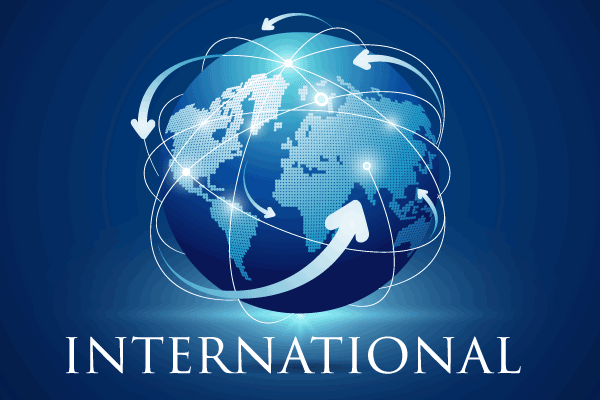 Negotiators reiterated last week the goal of reaching agreement on a potential Transatlantic Trade and Investment Partnership (TTIP) before the end of the year.
Negotiators reiterated last week the goal of reaching agreement on a potential Transatlantic Trade and Investment Partnership (TTIP) before the end of the year.
A 12th round of European Union-United States trade talks was scheduled to end last Friday in Brussels to further the largest regional trading and investment relationship in the world. Discussions extended into this week, but negotiators told business reporters the goal is to have a consolidated draft text of the agreement completed by July, leaving just “the most sensitive issues,” as the Office of the U.S. Trade Representative put it.
The California Chamber of Commerce-supported partnership will strengthen economic ties and enhance trans-Atlantic regulatory cooperation through an agreement that would include both goods and services, including financial services. Such an agreement is essential to eliminating unnecessary regulatory divergence that may act as a drag on economic growth and job creation.
Discussions in Brussels covered regulatory issues in autos, pharmaceuticals and medical devices; customs and trade facilitation; rules of origin; and phase-out periods for tariffs not yet scheduled for immediate elimination.
Background
The European Union consists of 28 countries: Austria, Belgium, Bulgaria, Croatia, Cyprus, Czech Republic, Denmark, Estonia, Finland, France, Germany, Greece, Hungary, Ireland, Italy, Latvia, Lithuania, Luxembourg, the Mediterranean Island of Malta, Netherlands, Poland, Portugal, Romania, Slovakia, Slovenia, Spain, Sweden and the United Kingdom.
The EU presidency rotates with each member country taking turns for six months at a time as chair of EU meetings and representing the EU at international events.
Impact
The trans-Atlantic economic partnership is a key driver of global economic growth, trade and prosperity, and represents the largest, most integrated and longest-standing regional economic relationship in the world.
Together, the European Union and the United States are responsible for more than 11% of the world’s population, nearly half of global gross domestic product (GDP), a third of global merchandise trade, and 40% of world trade in services. The trans-Atlantic relationship defines the shape of the global economy as a whole; either the European Union or the United States also is the largest trade and investment partner for almost all other countries.
According to the World Bank, the EU market represents 508.3 million people, and has a total GDP of $18.46 trillion. The United States has 318.9 million people and a GDP of $17.42 trillion.
Total bilateral goods trade between the European Union and United States was $698.7 billion in 2015, with the United States exporting $272.7 billion worth of goods to EU member nations.
California exports to the European Union in 2015 totaled $29.2 billion. California is the top exporting state to Europe, with computers, electronic products and chemical manufactures as the state’s leading export sectors to the region. EU countries purchase roughly 17.6% of all California exports. For California companies, the single market presents a stable market with huge opportunity.
Tariffs on goods traded between the U.S. and the EU average less than 3%, but even a small increase in trade could have major economic benefits. U.S. trade with Europe is much larger than with China. Although there are numerous issues such as agricultural subsidies, privacy, aircraft subsidies, obtaining agreements on issues such as uniform car safety testing could be a huge benefit.
EU-U.S. commercial links are unrivaled. U.S. goods and private services trade with the EU totaled more than $1 trillion in 2014, according to the White House. Total U.S. annual investment in the EU is higher than in all of Asia, while EU investment in the U.S. far outstrips EU investment in India and China combined.
According to a 2013 study by the British Embassy Washington, Atlantic Council, and Bertelsmann Foundation, the TTIP could create as many as 750,000 jobs in the United States and 75,340 jobs in California.
The United States and the European Union are the world’s largest sources and destinations for foreign investment, according to the U.S. Trade Representative. Trans-Atlantic investment benefits companies and workers by creating high-paying jobs, boosting exports, and spurring innovation in both the United States and the European Union.
More Information
For more information on the importance of TTIP, visit the trade agreements section of the international website at calchamber.com.

